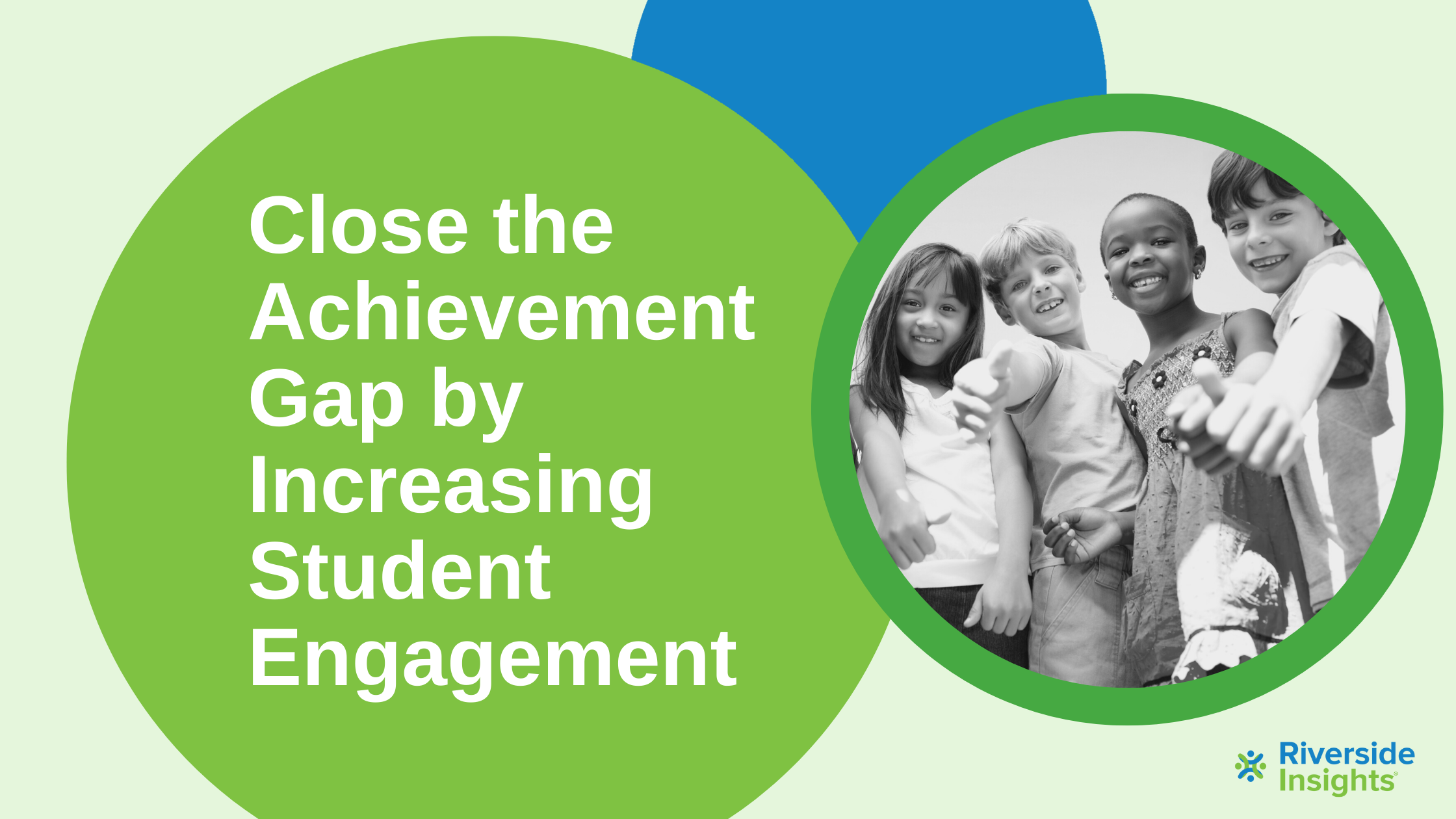
Close the Achievement Gap by Increasing Student Engagement
A summary of “The Achievement Gap: Using Strength-based Pedagogy to Increase the Achievement of All Students” by Dr. Joseph S. Renzulli
Since 1960, the United States has spent well over three trillion dollars on education reform. Somehow, this large monetary investment has resulted mostly in flat line student growth, boredom among students, and public dissatisfaction with the educational system. Disadvantaged and low-income students have been hit hardest by the mismanagement of funds and a lack of courage to challenge unsuccessful initiatives, resulting in too many students lacking the critical thinking skills needed to successfully participate in higher education and the global economy. Though some education reform initiatives have resulted in higher standardized test scores, most initiatives have masked deeper problems like dropout rates, test result falsification, data juggling, and the de-emphasis of subjects other than math and reading.
Over the years, the focus has shifted from student needs and appropriate pedagogy to test achievement scores and the reputations of administrators. Most reform initiatives to date have been built off structural changes and have drawn upon a low-level prescriptive and didactic pedagogy. These approaches to learning emphasize accumulation, storage, and retrieval of information. We should instead be focused on developing students’ abilities to think, reason, and be creative, and on fostering problem solving skills that allow students to utilize information in engaging ways, not just remember and regurgitate it.
Students who don’t achieve are stuck with the age-old “drill and practice” methods of instruction, which promote boredom and lack of engagement, absenteeism, and high dropout rates. All learning occurs on three spectrums: from deductive to inductive, didactic to investigative, and prescriptive to inquiry-oriented. Current initiatives emphasize deductive, didactic, prescriptive learning because they prepare students to succeed at filling out test worksheets rather than actually learning essential skills and learning how to learn. According to an international PISA study (Organization for Economic Cooperation and Development, 2007), the single criterion that distinguished nations with the highest and lowest levels of student achievement was the degree to which students were engaged in their studies.
How to Engage Students
First, we must identify what engagement really means. Loosely defined, it’s the enthusiasm that students have when they work on something they’re personally interested in and that they pursue with an inductive and investigative approach to learning. This type of learning works to develop enthusiasm based on individual learning styles and modes of expression.

Engagement is even more important for students whose achievement has been hampered by limited experiences, resources, or support. In order to instill enthusiasm and engage students, we must stop focusing on memorizing content and focus instead on building the kinds of thinking skills listed above. We need to develop accountability procedures--not just tests--that show us how well students are learning to apply their thinking to authentic problem solving situations.
Engagement comes from choice, too. Allowing students to self-select what they want to learn to an extent (through the use of enrichment programs in particular) encourages engagement. Motivationally rich experiences promote a genuine enthusiasm for learning. We always do a better job when we work on something we personally care about. Students are no different!
Your Expertise + Our Insights = Limitless Learning
Let’s Elevate Potential Together



